To develop a robotic arm that can safely feed people.
Get the latest international news and world events from around the world.
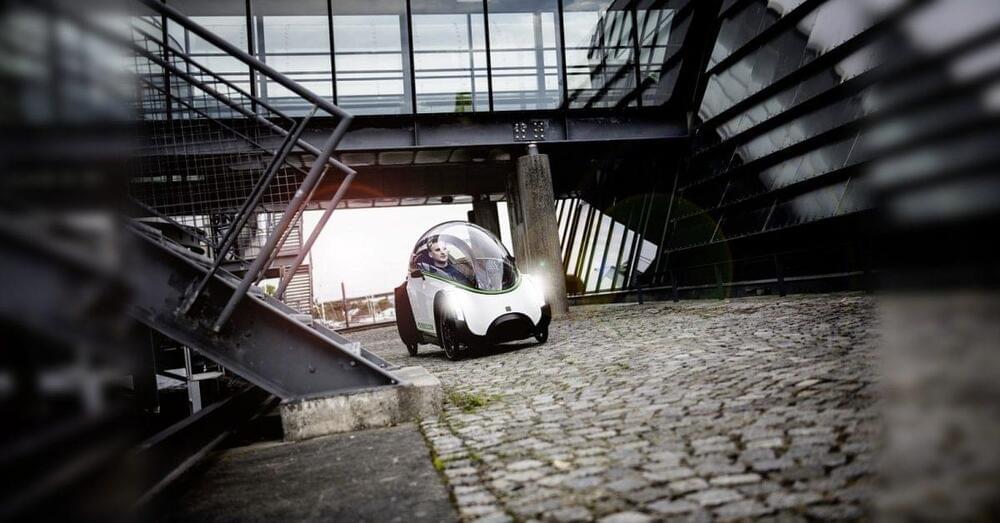
Podbike to begin delivering its four-wheeled enclosed electric bike-car this year
After bringing in €3.2 million in funding and raking in a list of pre-orders, Podbike says it will deliver its first electric bike-car known as the Frikar later this year.
The Norwegian mobility company Podbike has attracted attention for years as its innovative and curious-looking four-wheeled electric vehicle has taken shape.
The enclosed bike-car offers better all-weather protection and improved aerodynamics compared to a typical commuter electric bicycle, though the top can be removed for summer operation if all-weather protection isn’t required.
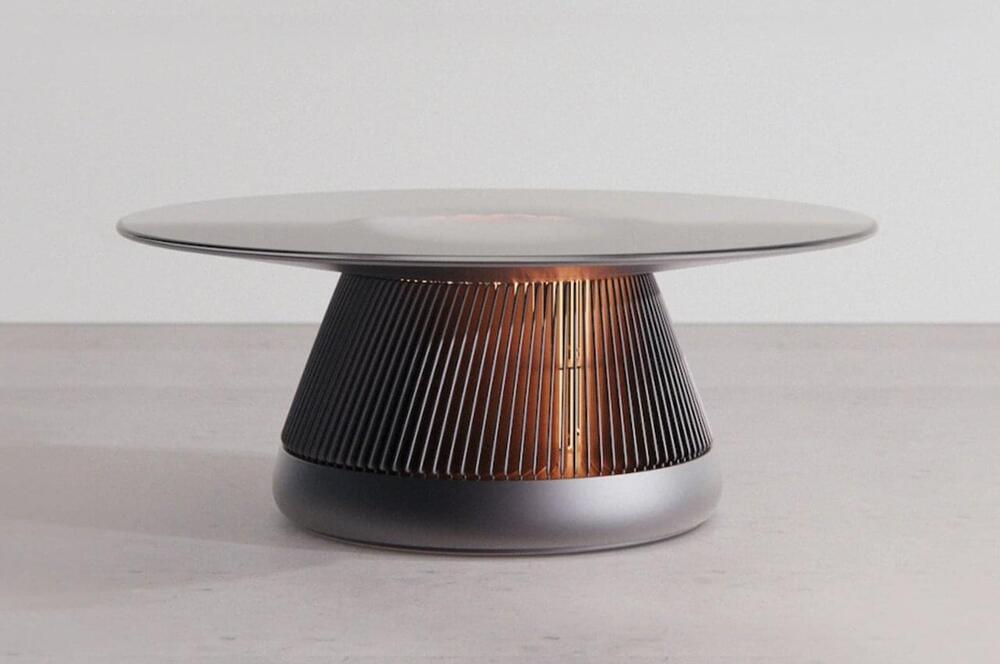
A coffee table that holds an electric fireplace is the ultimate winter essential
A fully electric hearth puts a modern spin on an ancient household fixture.
Fire and light have always been at the center of homes, be it a TV or a fireplace. The latter has, of course, become less practical these days, and its absence from many homes has also resulted in a shift in family interaction. “Hearth and home” is a phrase that still carries some meaning today, and a designer is bringing back that long-forgotten home centerpiece by making it not only more practical but also safe as well.
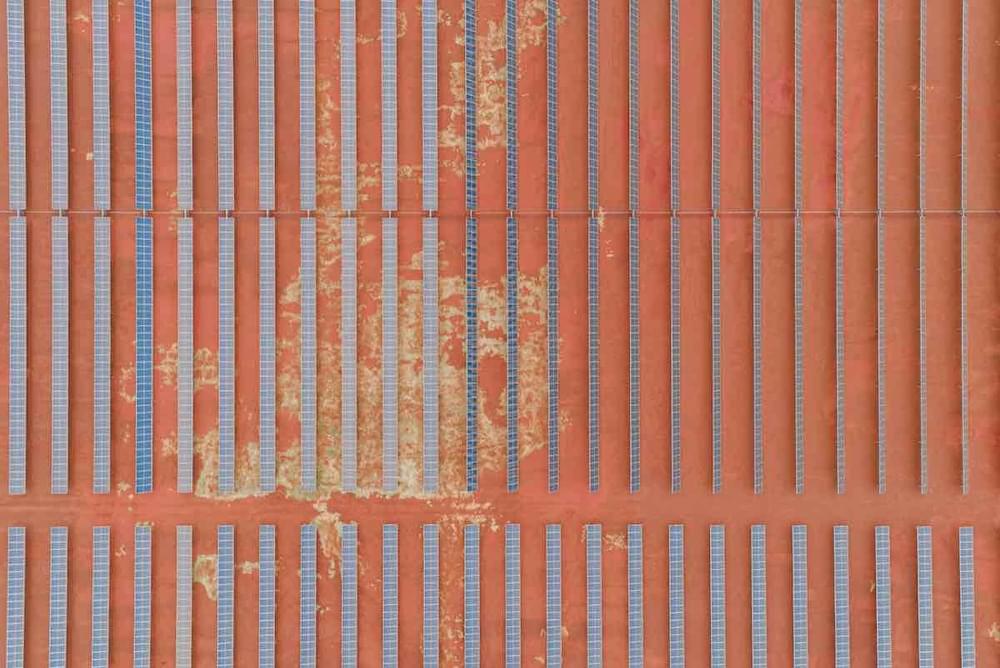
Woodside pitches massive solar and battery plant, minuscule dent in emissions
Oil and gas giant submits plans for up to 500MW of solar and battery storage to supply renewable power to industrial customers — including its own LNG operations — in WA Pilbara region.
Oil and gas giant Woodside has kicked off the new year by firming up plans to develop a massive solar and battery project in Western Australia’s Pilbara region, to supply renewable electricity to local industrial customers, including its own Pluto LNG facility.
In a submission to the W.A. Environmental Protection Authority on Monday, the company proposed the Woodside Solar Facility to be built in 100MW phases to a total capacity of up to 500MW, ultimately comprising around 1,000,000 solar panels and including battery energy storage infrastructure of up to 400MWh.
Woodside confirmed in its proposal that the solar farm and battery would deliver solar power to customers on the Burrup Peninsula, including at the Maitland Industrial Park, and likely including the company’s own onshore Pluto gas processing plant.

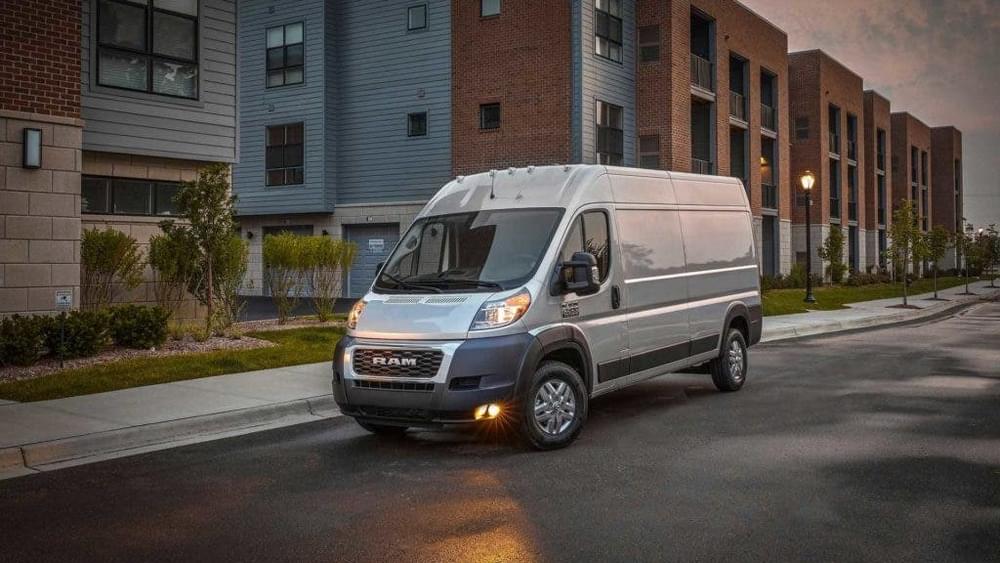
Amazon Will Buy Thousands Of Ram ProMaster Electric Delivery Vans Every Year
Amazon says it will buy thousands of Ram ProMaster electric vans a year beginning in 2024.
The folks at Inside EVs noticed something in a press package from CES 2022 that most others missed. It said, “As part of a separate agreement with Stellantis, Amazon will be the first commercial customer for Stellantis’ new Ram ProMaster Battery Electric Vehicle launching in 2023. Stellantis, with input from Amazon, designed the vehicle with unique last mile delivery features and Amazon will deploy the vehicles to routes across the United States. Building on the current relationship and as part of the long-term agreement, Stellantis and Amazon will be putting thousands of BEV ProMasters on the road every year.”
Amazon has bought thousands of delivery vans from Mercedes, Ford, and Stellantis to bring packages to its customers in North America for years. Even though it has a 20% ownership stake in Rivian and expects to purchase 100,000 of its electric delivery vans, its need for such vehicles is so massive that it will continue to buy trucks from traditional manufacturers to get the hundreds of thousands of packages it delivers every day from its warehouses — called fulfillment centers — to its customers.
The upcoming battery-powered Ram ProMaster will be the brand’s first ever all-electric model when it debuts in the second half of 2023 as a rival for Ford’s E-Transit and Rivian’s EDV. Stellantis hasn’t yet revealed any details about its electric delivery van, Inside EVs says, but it’s expected to be based on the updated 2022 Ram ProMaster unveiled last August.
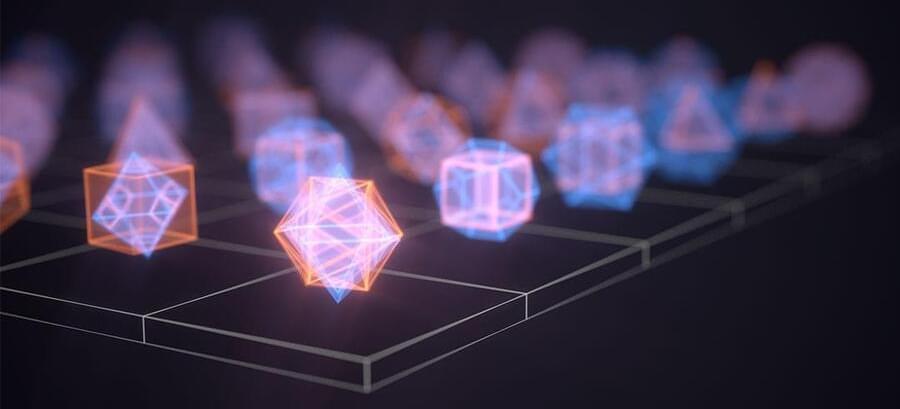
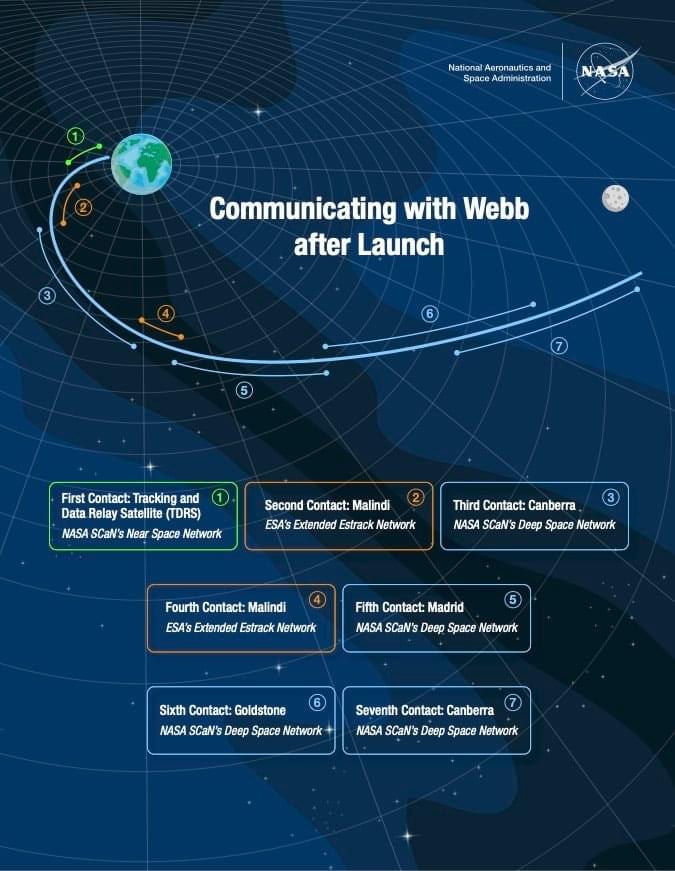
🤔 How do we “talk” with NASA’s James Webb Space Telescope?
🚀 Launch was a team effort including NASA’s Near Space Network, ESA, and #NASA’s Deep Space Network (DSN).
📡 As the spacecraft travels to the second Lagrange point, nearly 1 million miles from Earth, the #DSN will continue enabling communications.
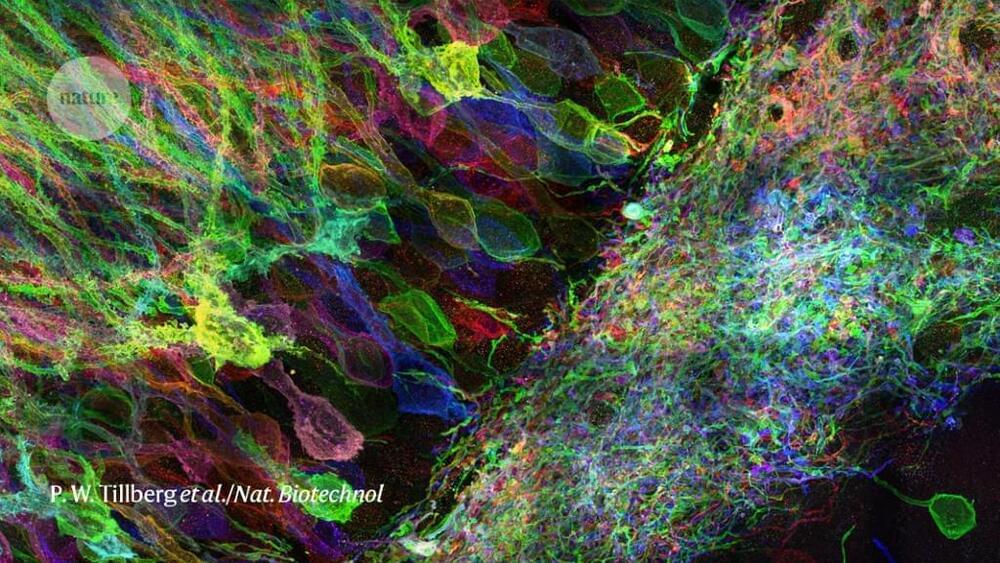
Unblock research bottlenecks with non-profit start-ups
A type of non-profit start-up could be a better way to support projects that enable research. These would have full-time scientists, engineers and executives, and total funding of about US$20 million to $100 million that would last around 5 years — longer than most grants or venture-capital funding rounds allow. And they would be set up to pursue predefined milestones, such as improving the resolution of a measurement system by tenfold, or gathering a pre-specified amount of data. We call them focused research organizations (FROs).
‘Focused research organizations’ can take on mid-scale projects that don’t get tackled by academia, venture capitalists or government labs.

AI’s 6 Worst-Case Scenarios
However, as Malcolm Murdock, machine-learning engineer and author of the 2019 novel The Quantum Price, puts it, “AI doesn’t have to be sentient to kill us all. There are plenty of other scenarios that will wipe us out before sentient AI becomes a problem.”
“We are entering dangerous and uncharted territory with the rise of surveillance and tracking through data, and we have almost no understanding of the potential implications.” —Andrew Lohn, Georgetown University.
In interviews with AI experts, IEEE Spectrum has uncovered six real-world AI worst-case scenarios that are far more mundane than those depicted in the movies. But they’re no less dystopian. And most don’t require a malevolent dictator to bring them to full fruition. Rather, they could simply happen by default, unfolding organically—that is, if nothing is done to stop them. To prevent these worst-case scenarios, we must abandon our pop-culture notions of AI and get serious about its unintended consequences.